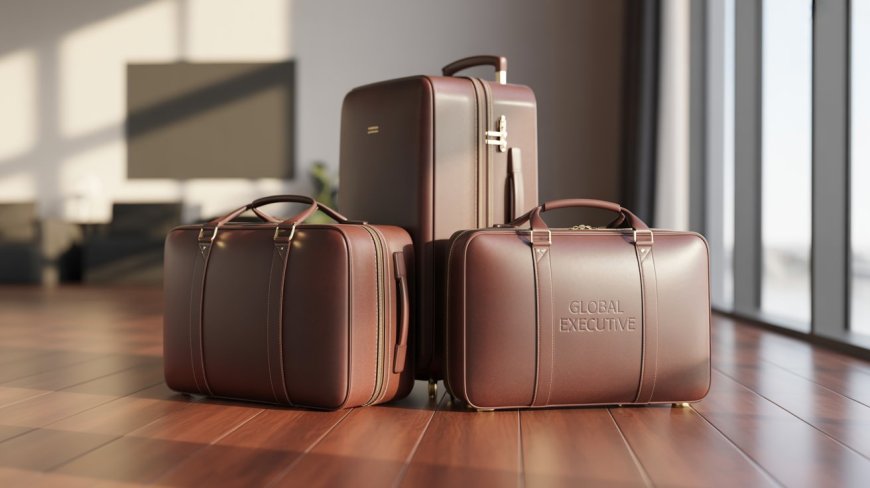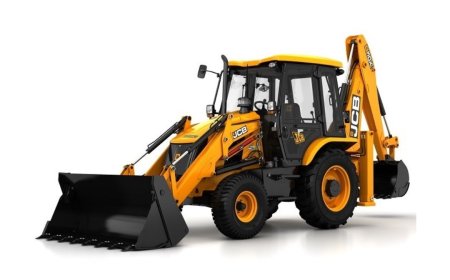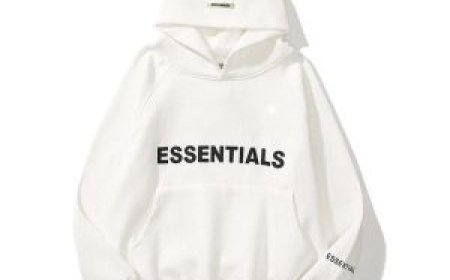Business Travel Bag for Office and Flights
A business travel bag suitable for office and flights offers organized storage, lightweight design, and durability for professionals on the move.

Work schedules are no longer confined to desks. Meetings, site visits, and out-of-town events are now a regular part of professional life. As a result, the business travel bag has evolved into a necessary item for modern professionals who move between office and airport. It reflects the need for organized mobility. The bag must balance function with a professional appearance to suit both boardrooms and boarding gates.
What Professionals Carry Today
A modern business travel bag is expected to handle a variety of items: a laptop, notebooks, charging accessories, ID documents, personal hygiene items, and sometimes even a change of clothes. This growing checklist reflects how work has spilled beyond fixed office spaces. The requirement is not only space but compartmentalization. When documents, electronics, and personal items must coexist in one space, the structure of the bag begins to matter more than ever.
The Shift from Personal Choice to Professional Expectation
Once seen as a personal style item, a business travel bag is now viewed through the lens of efficiency. Professionals are expected to carry certain essentials at all times, and the bag becomes a tool to support that standard. In industries like consulting, sales, and executive support, arriving with a bag that keeps gear secure and work-ready is part of the unspoken norm. Its role extends beyond function, becoming part of workplace readiness.
Why Bag Selection Affects Workflow
The bag is more than just a storage itemit impacts time, productivity, and comfort. Consider a scenario where cables are tangled or files are buried under clothing. The seconds lost in sorting can interrupt client meetings or delay boarding. In contrast, a thoughtfully designed business travel bag saves time and reduces distraction. It allows users to maintain rhythm during transitions between work settings, enhancing consistency in performance.
Design Features That Influence Mobility
While the appearance of a bag must remain neutral enough for formal environments, the internal design defines its actual value. Hidden laptop sleeves, quick-access outer pockets for ID and boarding passes, and waterproof linings are increasingly standard. Lightweight materials are chosen to reduce strain during long carries. Smooth zippers and durable stitching help with longevity, especially for those whose work keeps them in transit often. This alignment between design and daily routine is now a deciding factor in selection.
Security and Durability During Air Travel
Airport procedures demand speed, clarity, and ease of access. Business travelers are often required to remove laptops or liquids quickly at security checkpoints. A bag that allows for swift access without unpacking completely adds practical value. Similarly, airline overhead compartments are tough environmentsbags face stacking, shifting, and pressure. Durability becomes a silent factor in ensuring electronics or documents are not damaged mid-journey. The right bag must survive both cabin pressures and frequent handling.
Office Compatibility as a Design Priority
The bag does not stop being useful after the flight. Once inside the office or at a client location, it continues to function as a mobile storage unit. Quiet zippers, compartments that open flat on meeting tables, and a form that does not appear bulky help in this environment. Unlike luggage, the business travel bag crosses into desk space. It must merge travel utility with office etiquette, supporting a seamless switch between commute and conference.
Remote Work Culture and Travel Integration
With hybrid schedules becoming more common, professionals often spend part of their week traveling or working remotely. This shift has introduced new expectations from a business travel bag. It must support multiple work styles: from airport lounges and hotel lobbies to shared workspaces and temporary desks. Charging ports, RFID protection, and cable organizers have become relevant in this new context. The bag must now act as a small mobile office, ready to support work regardless of location.
The Influence of Minimalism on Bag Preferences
A growing number of professionals now prefer simplified, lightweight travel setups. Instead of multiple bags for laptop, clothes, and documents, a single business travel bag is expected to combine all these needs. This shift reflects a broader trend toward minimalism and efficiency in workplace habits. The challenge lies in selecting a bag that can carry more, but still feel like less. Space-saving design, foldable compartments, and convertible handles all address this demand.
Professional Identity and Consistency
Just as workwear reflects a professionals attention to detail, the bag they carry influences perception. A clean, well-maintained business travel bag signals preparedness and respect for the workplace. For frequent travelers, it also becomes part of their daily rhythmpacked in minutes, ready for both office corridors and airport aisles. Choosing one that supports consistency, avoids disruptions, and protects professional tools is no longer a luxury but a basic requirement of mobility-based work.
Evolving Trends in Business Travel Essentials
The business travel bag category is constantly influenced by emerging work patterns and materials technology. Lighter fabrics, integrated tech sleeves, and adjustable straps are evolving with the needs of the modern professional. As sustainability and remote work culture continue to shape professional expectations, bag choices are following suit. The business travel bag is no longer a generic accessory but a reflection of how work, commute, and style intersect in todays professional landscape.








































